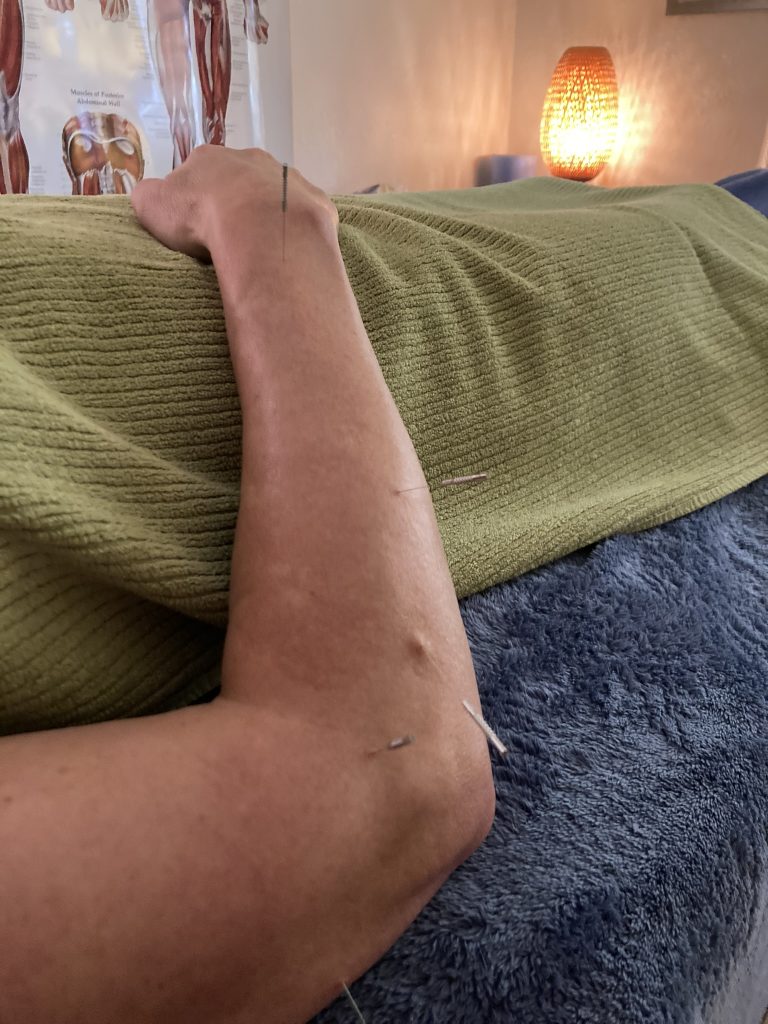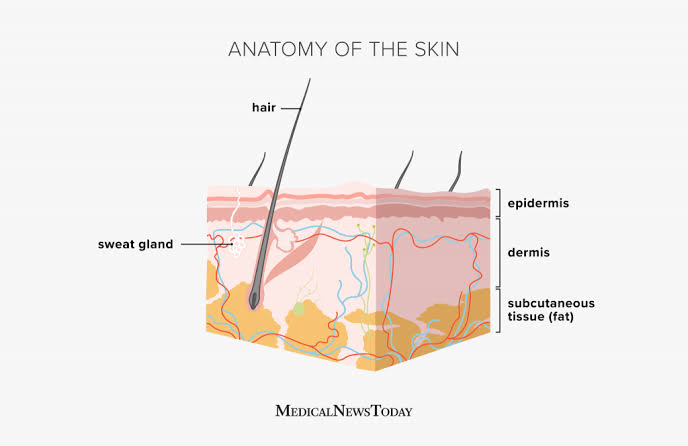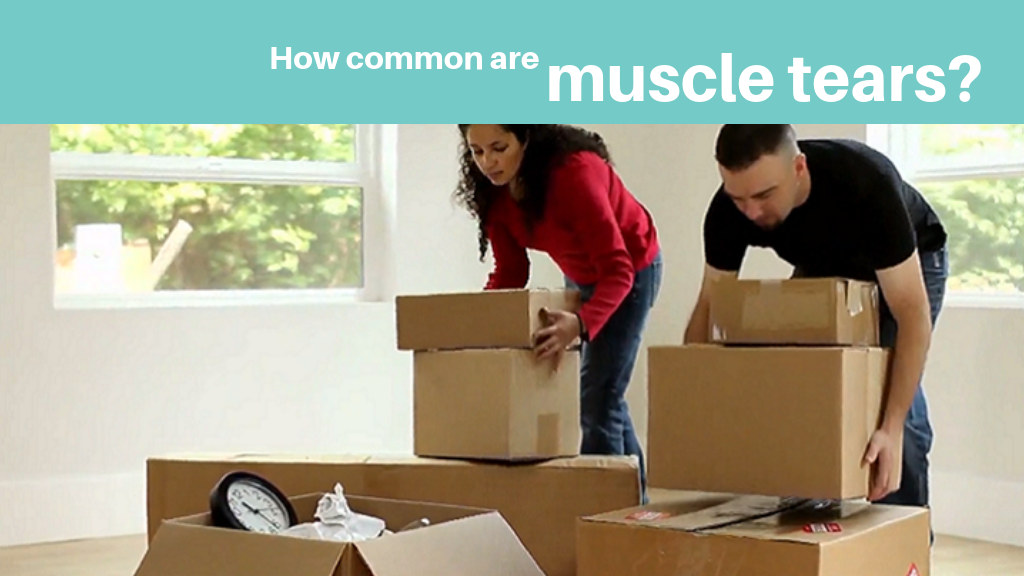Myotherapy is made up of a range of different modalities, and each practitioner will have their favoured modalities. However, dry needling is traditionally a myotherapy practice. All myotherapists will be qualified in dry needling. Read on to find an exploration of myotherapy: dry needling
I have written about dry needling in the past. How it works, what difference between dry needling and acupuncture is, when it can be used. I have previously been qualified in superficial dry needling and have learned various acupuncture protocols for various musculoskeletal conditions. However, now I am qualified in the deeper tissue dry needling. Let’s have a look at the differences with this.
Superficial vs Deep Dry Needling
Superficial needling involves acupuncture needles inserted into the tissue up to 10mm deep. It is a gentle technique that can ease superficial muscle tension but mostly impact on the pain signal going to the brain. The insertion of an acupuncture needle can impact on the pain and function of the muscle no matter how deep or for how long it stays inserted for.
Deep dry needling inserts needles beyond the subcutaneous layer of tissue, into the muscle to relieve trigger points.
Dry needling the deeper layers has shown to increase range of motion, ease pain and decrease muscle tension. It is thought to work by inducing a local twitch response. A twitch response then changes the length and tension of the muscle fibres. It can increase local blood flow to the muscle which in turn increases oxygenation to the muscle. Dry needling can impact on the local and central nervous systems to restore homeostasis. Some dry needling is said to have a analgesic effect, although studies have had varying results.
What is deep dry needling good for?
Dry needling is indicated when there are myofascial trigger points, but can also be useful for strains, osteoarthritis and tendonopathies.1

As a myotherapist I use dry needling to support my treatment. I will use the deep needling on clients who have experienced needling before, and will treat a client once or twice before suggesting needling. This allows me to see how a client responds to my treatment and gives them time to consider the benefits of dry needling before experiencing it. I rarely use dry needling in isolation, but along with massage and other modalities. I find that dry needling makes the tissue easier to massage, relieves pain quicker than deep tissue massage alone, with a shorter recovery time for the patient.
If you have pain from muscular tension or injury, osteoarthritis or tendonopathies and would like to try dry needling, book online today.



